As far as landscaping goes, rocks are unbeatable when it comes to providing textured, natural elements.
Rocks are also low maintenance, eye-catching and organic. These aside, you can also use rocks to conceal problem areas and utility equipment in your property.
If you want some plants and greenery, you can use them alongside rocks to create an enviable landscape.
Sounds good? Here is a comprehensive landscaping with rocks guide.
Landscaping With Rocks Quote
Rock Design Ideas
Landscaping rocks vary in size, from pea-sized pebbles to larger boulders. The type and size you use is largely dependent on what you want to achieve with a certain space.
The most often ways people used rocks is to:
- Create a picturesque rock garden
- Build a small wall of rock for a waterfall effect
- Substituting a fence with a rocks wall
- Hold soil in place on sloping areas of your property
- Create height and depth in ponds
- Build a patio
- Define edges, paths and walkways around a property
- Divert water around foundations and creeks
- Discourage weed growth around hot tubs, decks and paths
- As a replacement for old pavers
- To make railroad ties look better
Despite the look you want to achieve, preparation is key.
Prep Your Garden Area
Before purchasing any materials, draw out and measure the area you want to design. This can be the entire property, or you can apportion it and do it one section at a time.
This graphical representation should also include any elements and utility lines that might be in the way. Think about whether you would want the rocks to conceal these as well.
Heavier boulders tend to settle with time, so ensure to set the soil these will sit on. If you want them in sunken areas, pack fresh oil in these areas before bringing in the rocks.
For areas where you intend to place smaller rocks and pebbles, weed growth is always a concern. Landscaping cloth or old newspapers provide an excellent weed barrier.
If you keep the overgrowth at a minimum, then you have less maintenance work to carry out.
The next step is finding the rocks to use.
Choosing the Right Garden Rock
Each type of rock has unique characteristics that add character to your outdoor designs.
Irrespective of your goals, the rock you choose should enhance the overall design, not detract from it.
Here are some considerations when choosing rock.
Locally Sourced Rocks & Stone
Stones that are geographically found in the area where you live are easier to find. They are also more affordable.
Similarly, using garden landscaping rocks with a similar look and graining creates a more authentic look. However, if your home is built in a certain style, you can use stones not naturally found in your locale.
Rock Size
The size of the rocks you should use is largely dependent on the size of the area you want to landscape.
If you have considerable space, large landscape boulders are always ideal. Getting this to your home tends to be costlier, but it pays off in the long run.
If you have a smaller space or a limiting budget, you can use smaller rocks and mound them together to make a statement.
Gravel and pebbles, on the other hand, are great for pathways and flowerbeds.
Shape & Garden Design
You can use arched rocks to add strength and stability to different parts of your garden. They can also be used as entrance markers to a garden.
Tall rocks serve as the focal point of outdoor landscaping and gardens, while shorter ones are ideal for supporting tall vertical rocks designs.
Flat rocks are best used for landscaping that involves water elements like waterfalls.
There are essentially no strict rules on your choice of rock. However, the sizes, shapes, textures, and colors you get should complement each other. This ensures that you end up with a harmonious landscape.
Landscaping With Rocks
After you match your vision with the best decorative landscape stone, you can now get to the actual landscaping.
The earlier drawn images should help with this process, alongside magazine clippings and other sources of inspiration you might have picked up along the way.
Here are some quick laying tips to keep in mind:
Start with bigger rocks before arranging smaller ones around them. You can assess the end product and change the displays severally until you achieve the desired look.
Dig a hole that is wider than the rock for larger rocks. The depth of the hole should be a quarter of the rock's height. Burying rocks partially in this manner gives them a more authentic look than placing them on the ground.
When laying small stones on walkways, around flower beds, and so on, consider the area's width. For garden borders and walkways, keep the width below 6 inches.
Remember to leave some rooms between rocks if you intend to plant some vegetation.
Work on one section at a time to help you achieve balance
Create And Define Your Space With Landscaping Rocks
While there are some general rules to landscaping, creativity is key. Rock placement is easy to do and re-do. This means you are free to try out as many ideas, unconventional as they may be, to come up with unique, rock landscaping designs.
R & G Almanza Landscape Inc can help design your rock garden, deliver the rocks and install them on your landscape.

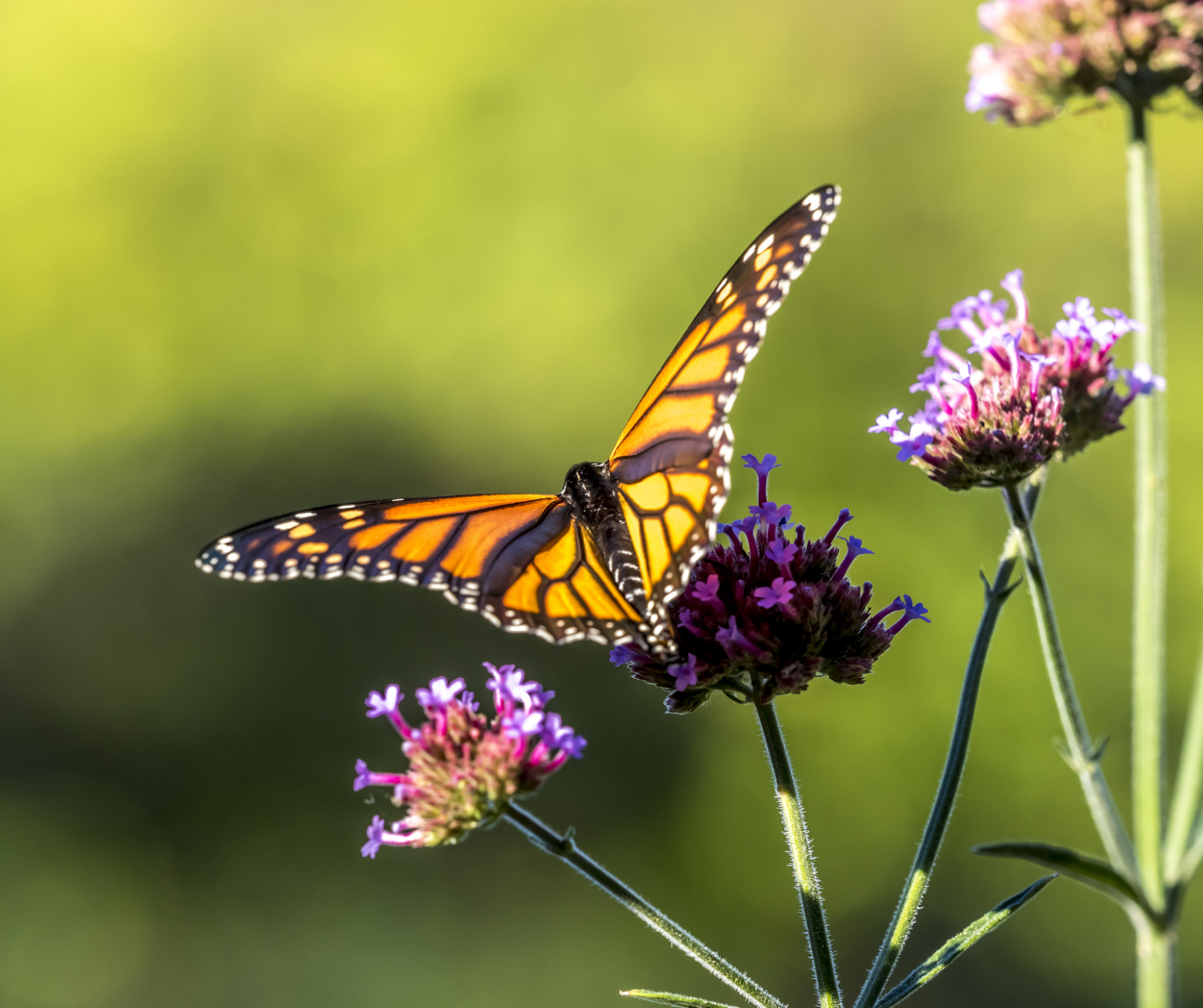
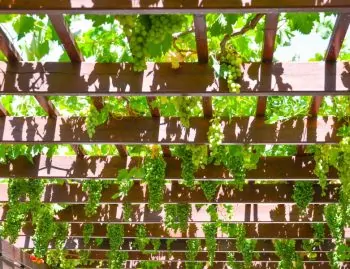
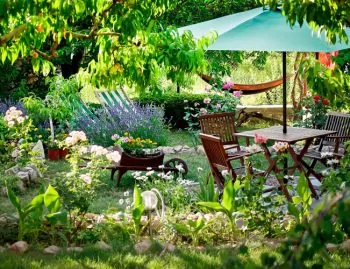
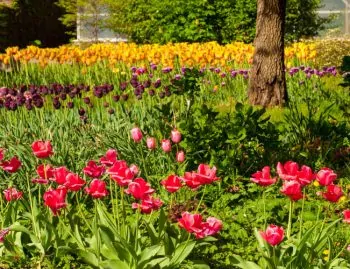
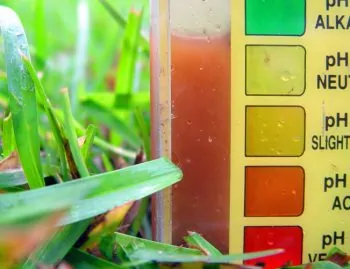
You must be logged in to post a comment.